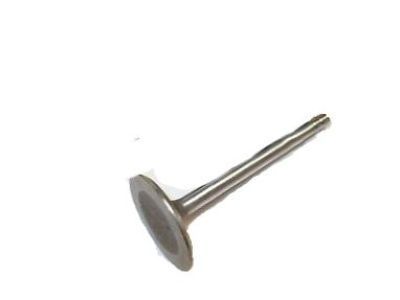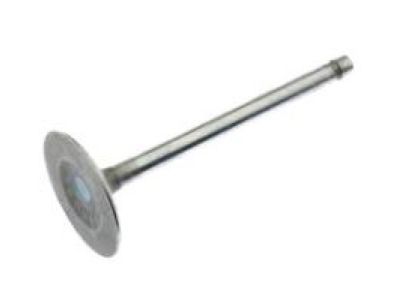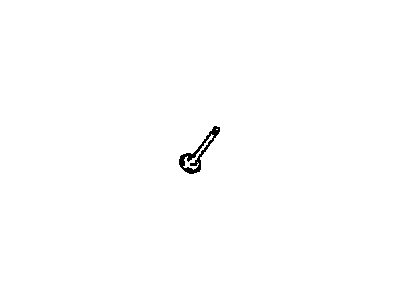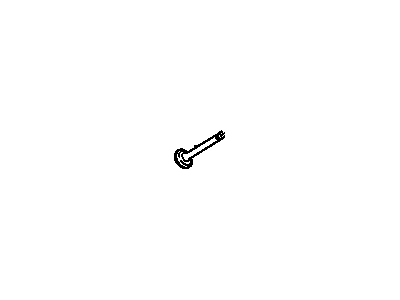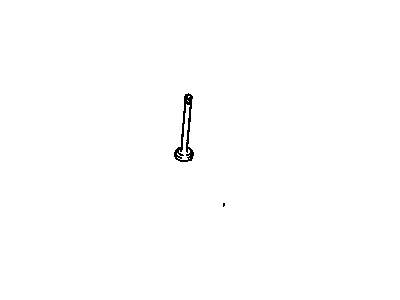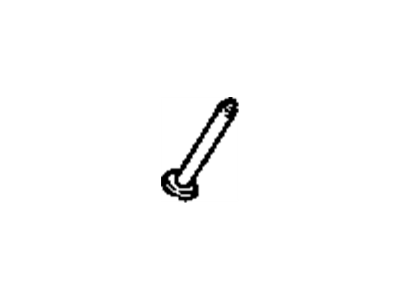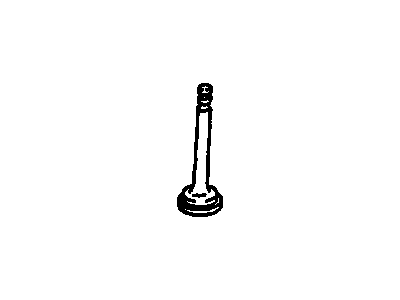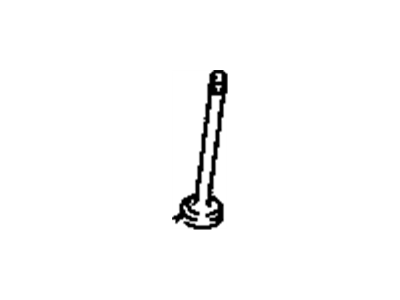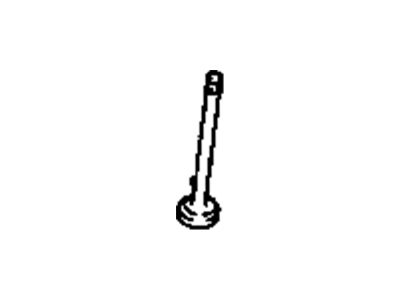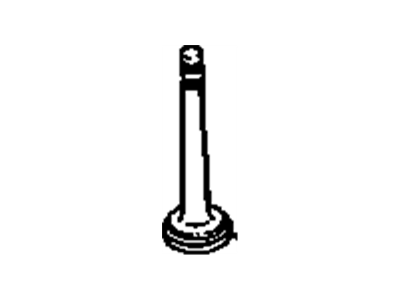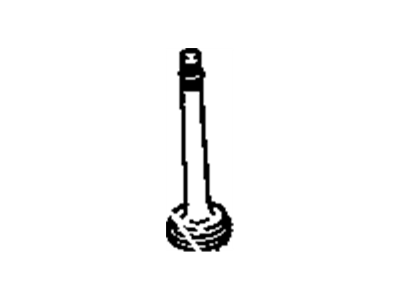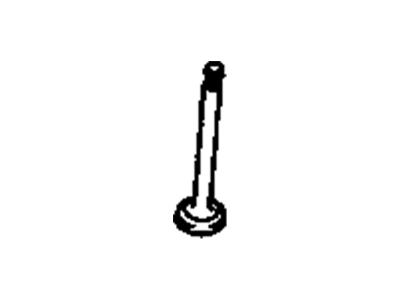My Garage
My Account
Cart
Genuine Chevrolet K1500 Intake Valve
Engine Intake Valve- Select Vehicle by Model
- Select Vehicle by VIN
Select Vehicle by Model
orMake
Model
Year
Select Vehicle by VIN
For the most accurate results, select vehicle by your VIN (Vehicle Identification Number).
20 Intake Valves found
Chevrolet K1500 Valve,Intake
Part Number: 10241743$19.65 MSRP: $30.93You Save: $11.28 (37%)Ships in 1-2 Business DaysChevrolet K1500 Valve, Inlet
Part Number: 14033927$17.53 MSRP: $27.58You Save: $10.05 (37%)Ships in 1-2 Business DaysChevrolet K1500 Valve,Intake
Part Number: 10244974$7.54 MSRP: $11.86You Save: $4.32 (37%)Ships in 1-3 Business DaysChevrolet K1500 Valve, Intake
Part Number: 10045252$6.83 MSRP: $19.40You Save: $12.57 (65%)Ships in 1-2 Business Days
Chevrolet K1500 Intake Valve
Intake Valve is an essential component in Chevrolet K1500 that is responsible for the control of air-fuel mixture supply to the vehicle's engine for combustion aim. The cases of intake valves entail loss of engine power since combustion will not be efficient enough. To remove and install new intake valves, some of the tools needed are valve spring remover and compressor. Replacement requires extreme care to compress the valve spring, to take out the retainer clips while dealing with a new valve without causing harm to the guide or the seal. Thus, proper installation of these valves is very important if there is to be no looseness of the valves which impounds the efficiency of the engine.
Each OEM Chevrolet K1500 Intake Valve we offer is competitively priced and comes with the assurance of the manufacturer's warranty for the part. Furthermore, we guarantee the speedy delivery of your orders right to your doorstep. Our hassle-free return policy is also in place for your peace of mind.
Chevrolet K1500 Intake Valve Parts Questions & Experts Answers
- Q: What is the best way to handle the servicing of valves, valve seats, and valve guides on Chevrolet K1500?A: When servicing valves, valve seats and valve guides- popularly termed as valve jobs- due to the delicate nature of the task and its specific tools and equipment, it is best when done by professional people. If doing a home mechanic work, the heads can be taken apart and reassembled, initially cleaned and inspected and then delivered to a dealer service department or an automotive machine shop for actual valve servicing. The valves and springs will be removed by either a dealer service department or an automotive machine shop who will also either recondition or replace the valves and valve seats. The valve guides will also be reconditioned; there would be checking of spring height during assembly on reassembly of the cylinder head, replacing of spring retainers or rotators replacing keepers as required, putting in new valve seals, putting together the rest of the valve parts and checking whether installed spring height is correct. In addition to that, if necking is needed on its warped surface, it may also need surfacing at this time. A professional should perform this step because in case anything goes wrong with his hands it should be his responsibility as opposed to an ameuter who will blame it on fate or bad luck. When the professional is through with doing a valve job, you'll have your head back almost new. Afterward rinse off all traces of metal particles produced from the grinding action during machining operations as well sand bar grit from contact with any grinding wheel feeds using carbide cutters which must have been used in refacing the face of combustion chambers which had gotten dirty by carbon deposits.

